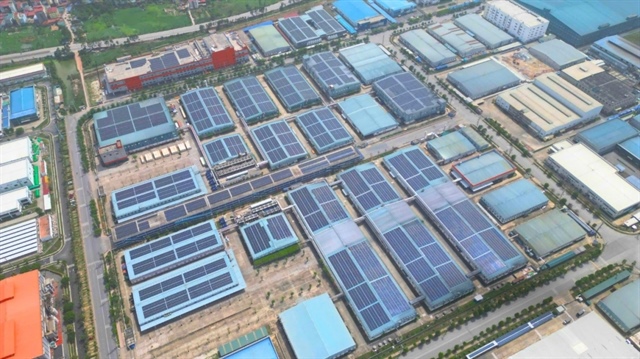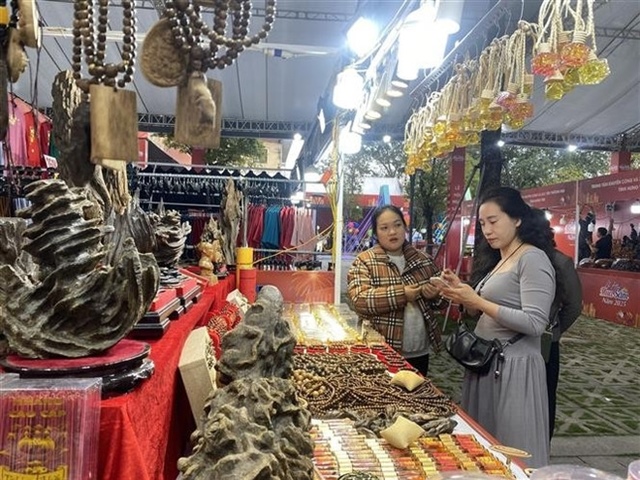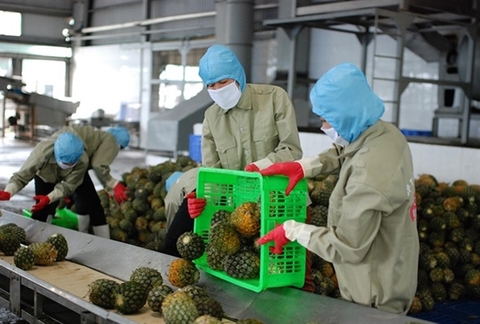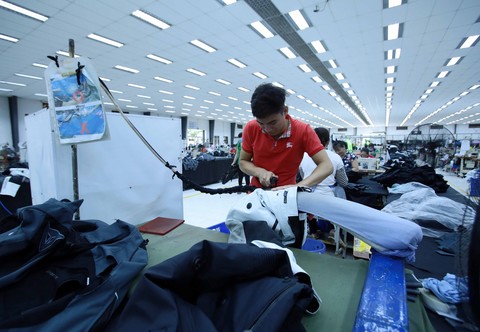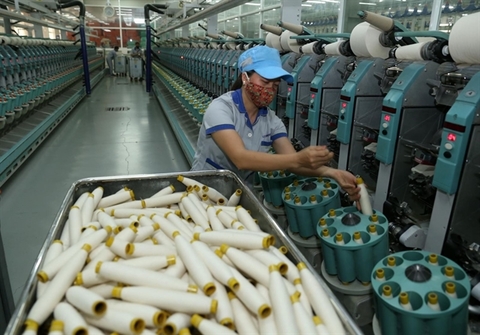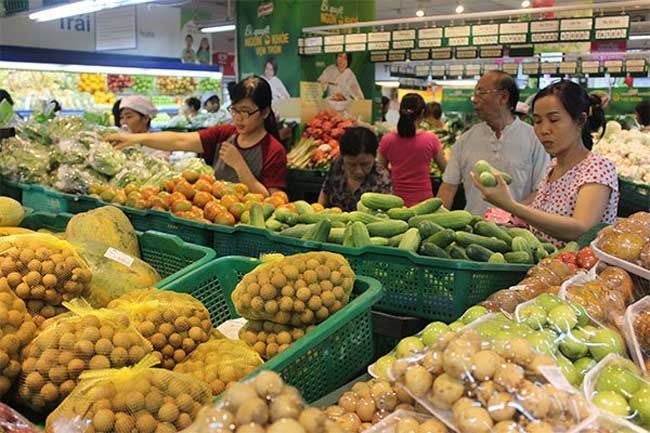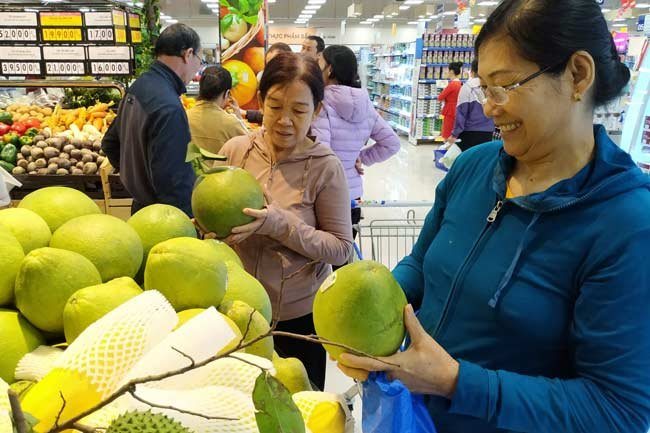Viet Nam’s PMI falls to 51.4 in August
Viet Nam’s PMI falls to 51.4 in August
The Vietnam Manufacturing Purchasing Managers’ Index (PMI) posted 51.4 in August, remaining above the 50.0 no-change mark, but falling from 52.6 in July to signal a weaker overall improvement in business conditions.
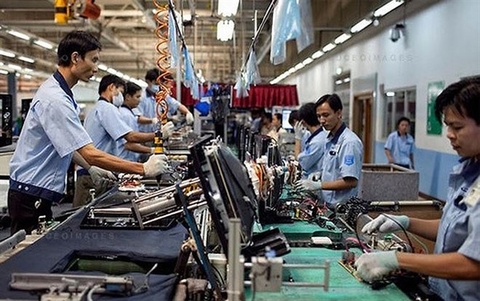
According to the latest survey released by Nikkei and IHS Markit on Tuesday, in fact, the health of the sector strengthened to the least extent since February. Growth softened in the Vietnamese manufacturing sector during August as slower client demand and the impacts of US-China trade tensions restricted new orders and production.
“The slowdown in growth in August, and panellist reports of the US-China trade tensions harming demand, show that the Vietnamese manufacturing sector is not immune to the impacts of global trade issues. While Việt Nam is one of the countries seen as able to gain from trade diversion and companies setting up new operations there, the reduction in trade flows resulting from the current tensions can still make work harder to come by,” Andrew Harker, associate director at IHS Markit, which compiles the survey, said.
"That said, the resilience of the Vietnamese manufacturing sector should not be underestimated. We have seen slowdowns such as that recorded in August before during the current sequence of growth, and rates of expansion have always then rebounded in the following months. This could therefore be the case again as 2019 draws to a close,” Andrew said.
According to the survey, business sentiment also took a step back in the latest survey period. That said, the sector remained in expansionary territory for the forty-fifth month running.
Meanwhile, input costs rose only marginally and at the slowest pace in seven months, enabling ongoing reductions in selling prices.
Weakness in August was centred on investment goods producers, where operating conditions worsened. This contrasted with further improvements in the consumer and intermediate goods sectors. This pattern was repeated with regards to output, new orders and employment.
The rate of growth in manufacturing output was the weakest in the current 21-month sequence of expansion during August. While rising new orders supported increased production at some firms, others reported softer client demand and reductions caused by US-China trade tensions.
These factors were also linked to a slowdown in new order growth. New business increased at a solid pace, but one that was the weakest since January. Meanwhile, new export orders rose modestly for the second month running.
Manufacturers supported ongoing increases in production by raising their purchasing activity and employment levels. Job creation was recorded for the fourth time in the past five months.
As well as supporting current output requirements, some respondents indicated that input buying had been raised to help build inventories. Consequently, stocks of purchases were also up.
Improved operating capacity and slower new order growth enabled firms to work through outstanding business in August. Backlogs decreased for the first time in three months.
The rate of input cost inflation eased for the fourth consecutive month, with input prices up only marginally midway through the third quarter. Firms were therefore able to lower their selling prices without greatly impacting profit margins. Charges decreased for the ninth successive month, albeit fractionally.
Suppliers' delivery times lengthened for the first time in four months, with panellists generally attributing delivery delays to material shortages at vendors.
Finally, business confidence dropped to a six-month low and was below the series average. Companies were still confident that output would rise over the coming year, however, with optimism reflecting expectations of improving customer demand.




